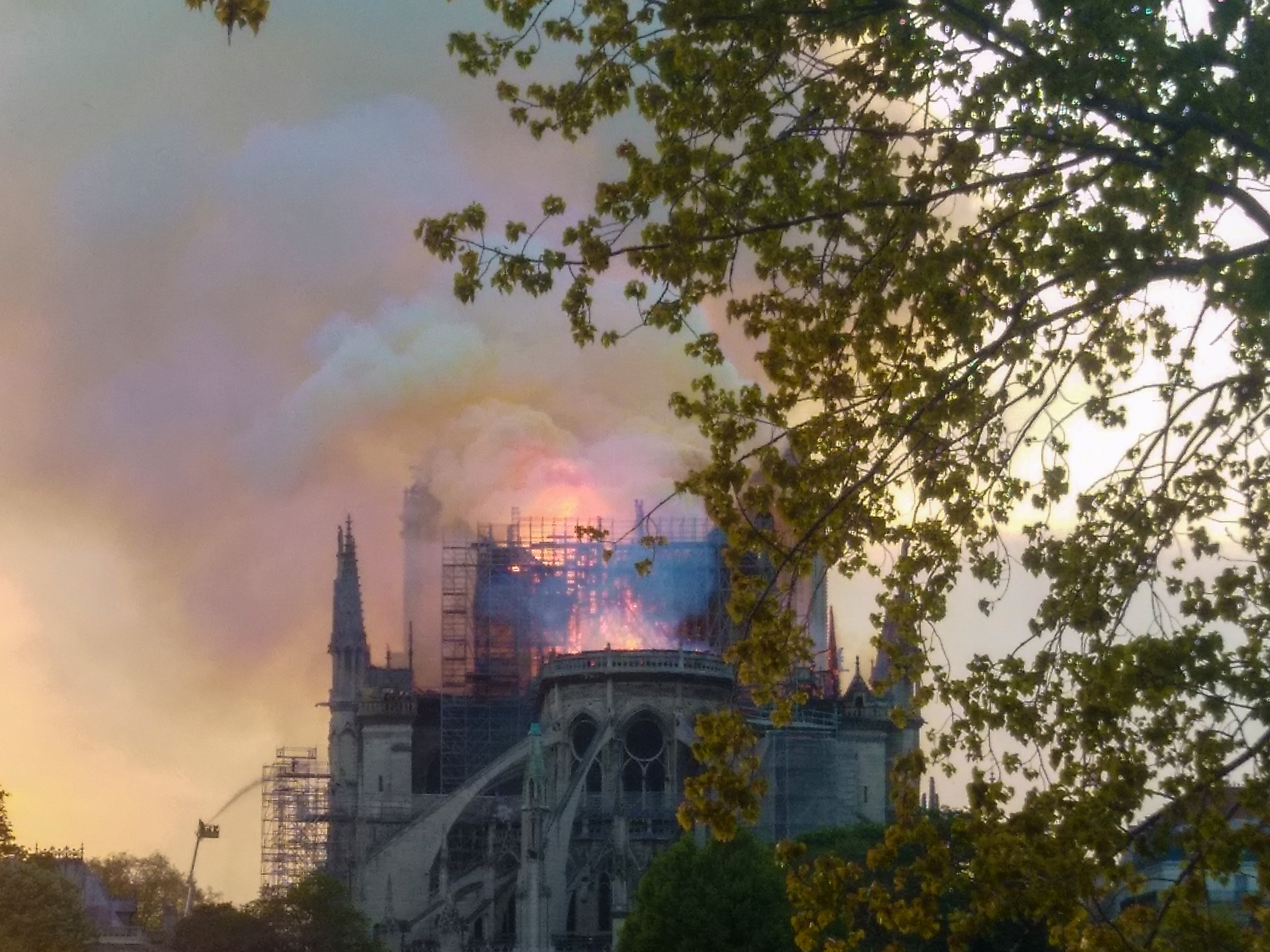By Lena Zhu | Published by May 11, 2019
On Apr 15, at around 12:50 p.m., the roof of the infamous Notre Dame Cathedral in Paris started to burn. Two major religious relics, the Crown of Thorns and the Tunic of Saint Louis, were saved among the fire. Three of France’s top billionaire families, Arnault (who own Louis Vuitton), Bettencourt-Meyers (who own L’Oreal), and Pinault family (who owns Keurig), have donated to the rebuilding of the cathedral, totaling a whopping $700 million, in less than 24 hours.
Many students and faculty at Kean were saddened when they heard the news of the cathedral burning, but some students provided another viewpoint. Mary Clare King, a sophomore studying Journalism, was saddened by the fire of the historical monument but believed that some of the money donated in less than 24 hours could have been used elsewhere.
“I think that the money donated towards Notre-Dame could’ve been used to help other worldwide issues like pollution and global warming. A small percentage of what one [family] donated could have fixed the Flint water problem,” King said. “I’m not saying that it’s not important, but that there are other issues that could have been resolved with ⅓ of the money donated towards the rebuilding.”

Photo courtesy of Wikimedia Commons
Many accounts on social media, like Twitter, have noted that three Louisiana black churches were burned down at the same time, but did not receive enough or the same amount of coverage as the cathedral. Leo Reitman, a sophomore studying Sustainability Sciences, believes that the lack of coverage on the churches is a social justice issue.
“ Yes, I believe this is a social justice issue. Notre Dame is a church predominantly for White Parisians (as well as Whites throughout the world),” Reitman writes in an email. “ I believe that racism plays a part in the lack of coverage and concern, as well as financial support to repair the churches.”
However, donations to these black churches saw a major uptick after the Notre-Dame burning nearly two days later, according to the New York Times.
Dr. Sara Compion, director of the Center for Interdisciplinary Studies, believes that it is the infamous status of Notre Dame that makes the tragedy have worldwide coverage.
“I think that [Notre Dame] is such a cultural symbol that is recognizable worldwide and so the impact is more meaningful for people because more know about it,” Compion states. “With all societies, you will have a house of worship that will have importance to the people of that faith. All cultures have symbols that embody our collective spirits and identity and I think that buildings like Notre Dame have become a global cultural icon.”
Such buildings and feats like the Taj Mahal or the Pyramids in Egypt are “recognized as belonging to the cultural humanity.” Compion feels for the marvelous buildings that people associate and identify themselves with that do get destroyed, as those also should muster up grief.
“But this is one of those few in the world that everybody identifies with or knows something about it. So when [people] post their pictures, it’s a sign of solidarity and mourning,” Compion said.

You must be logged in to post a comment.